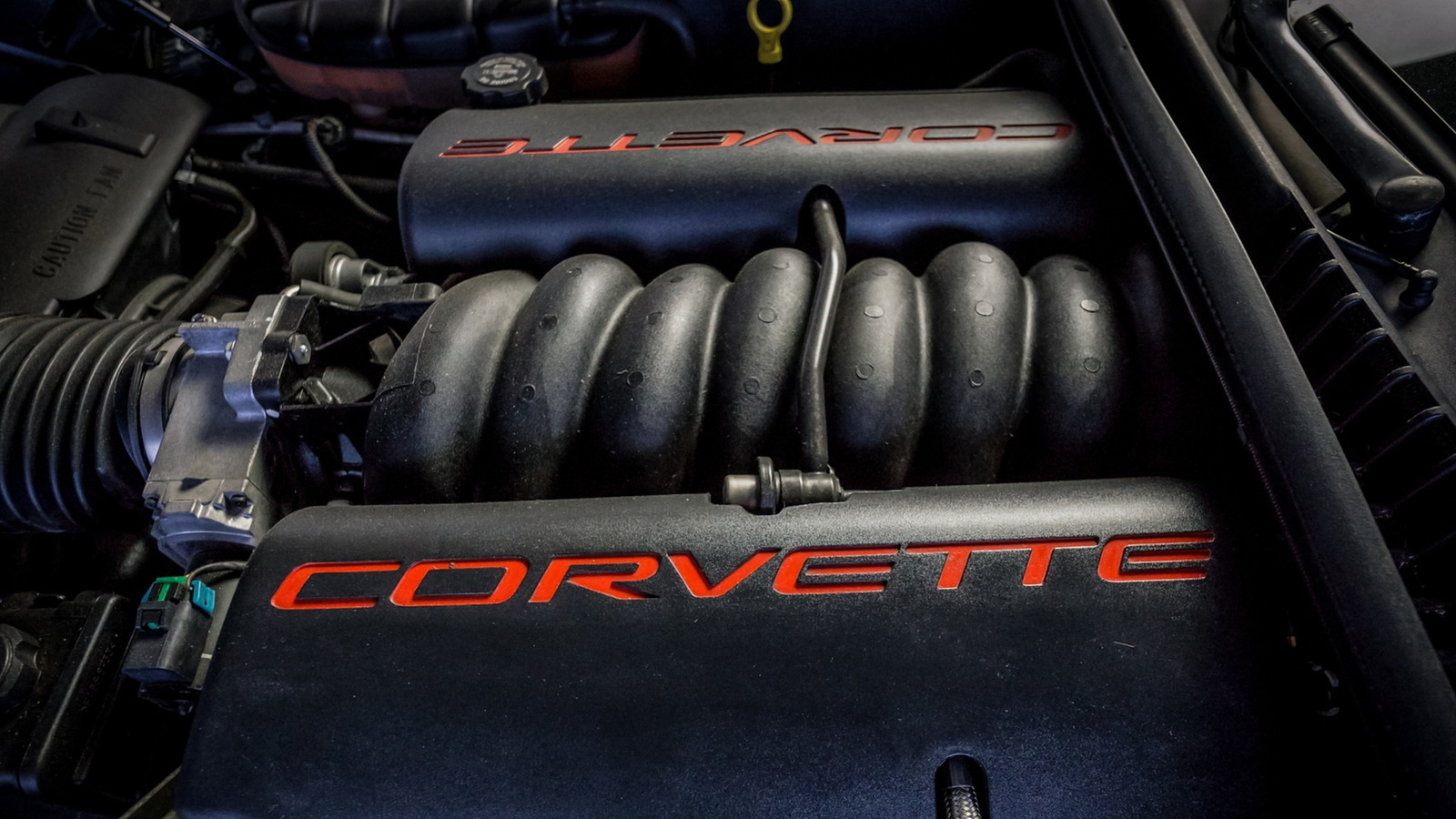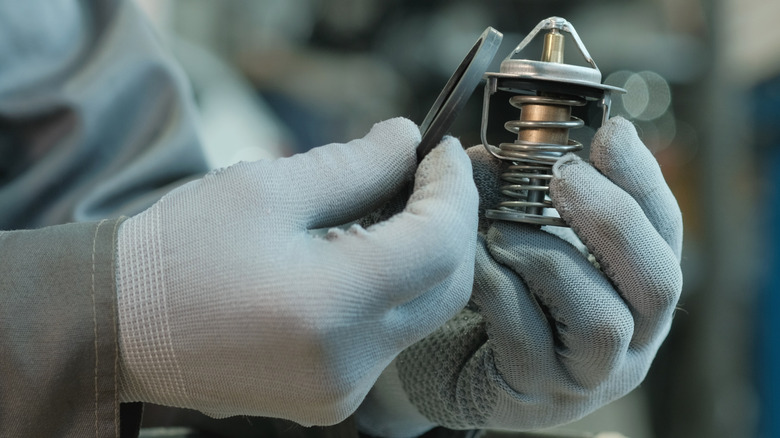When the all-new fifth-generation Chevrolet Corvette had its premiere in 1997, it packed a likewise all-new LS1 V8 engine making 345 horsepower and 350 pound-feet of torque — which was enough to motivate the car from 0-60 in 4.9 seconds and push it to 100 mph in 11.4 seconds. The mighty mill also dispatched the quarter-mile in 13.4 seconds at 108 mph. According to Car and Driver, which made the measurements, the 1997 Corvette was thus .2 seconds faster, with a 4-mph faster trap speed, than the fastest previous-gen Corvette with its previous-gen V8. Nowadays, however, some modern V6 engines put the LS1 to shame.
The point is, a lot went into the LS1 to help achieve those numbers, including its all-aluminum design, enhanced intake/exhaust ports, drive-by-wire throttle, and, of course, its steam tubes. The steam tubes are a vital part of the engine’s cooling system, and were needed because of the LS1 innovative design. Yes, the LS1 was especially powerful and efficient for its time, but its thermostat sat lower than most of the coolant passages, which allowed air to build up in the cooling system.
To rectify the problem, GM engineers added steam tubes to the engine. These basically allow a way for trapped air to exit the cooling system so they don’t harm your engine. Consider it a method of blowing off a little steam before your engine blows up.
The role of steam tubes in LS1 cooling
To fully understand what happened, let’s look at the GM V8s from before the LS1 was introduced. The thermostats in these old cars — which help control the flow and temperature of the coolant — were positioned after the coolant had already gone through the block and physically located near the top of the engine. The LS1 had its thermostat in a place where it caught the coolant before entering the engine. To be exact, the LS1 thermostat was put in the same housing as the water pump. That housing, however, was near the bottom of the engine.
Now, keep in mind that it’s both easy for air bubbles to develop in a cooling system and extremely dangerous. They prevent a consistent flow of coolant: Basically, the coolant can’t cool the air inside the bubbles, potentially leading to hot spots that could, in turn, lead to major problems like detonation and pre-ignition. To deal with this, many thermostats have bleed valves/jiggle pins that provide a way for the air bubbles to escape. Yet since air wants to rise, having those valves/pins in a thermostat at the bottom of the engine isn’t very effective.
So the LS1 steam tubes connect the low thermostat to dedicated steam ports higher in the block, creating a route for the air to escape. The earliest LS1 motors had four steam ports, while later versions had two.
The evolution of the LS engine
The original LS1 soon expanded its reach to the General’s 1998 muscle cars — the Chevrolet Camaro and Pontiac Firebird. However, an unofficial rule at GM was that no other car could be as powerful as the ‘Vette, so the Camaro and Firebird were limited to 330 horses, five less than the Corvette, in their hottest configurations.
The next big step forward was the LS6 V8 that launched in 2001, again on a Corvette: This time it was the Z06 that came fresh from the factory with 385 horsepower/385 pound-feet of torque. Also leveraged for the 2004-2005 Cadillac CTS-V models, the LS6 remained in production until 2005, when the LS2 made its first appearance.
The LS2 came with a significant upgrade in displacement, from the 5.7 liters of the LS1 and LS6 up to 6.0 liters, and it was joined by a 7.0 liter LS7 in 2006 and a 6.2-liter LS3 in 2008. Now, those were all naturally aspirated mills, but the LS family welcomed forced-induction in 2009 with the supercharged LS9. It powered the very first Corvette to exceed 200 mph, that year’s Corvette ZR1. GM naturally detuned the engine a bit for the 2009 Cadillac CTS-V, renaming it the LSA in the process.
LSA engines remained in the mix right up to the Chevrolet ZL1 that sailed off into the sunset in 2015 — though it remains 39 times more likely to be stolen than the average car.
First Appeared on
Source link















